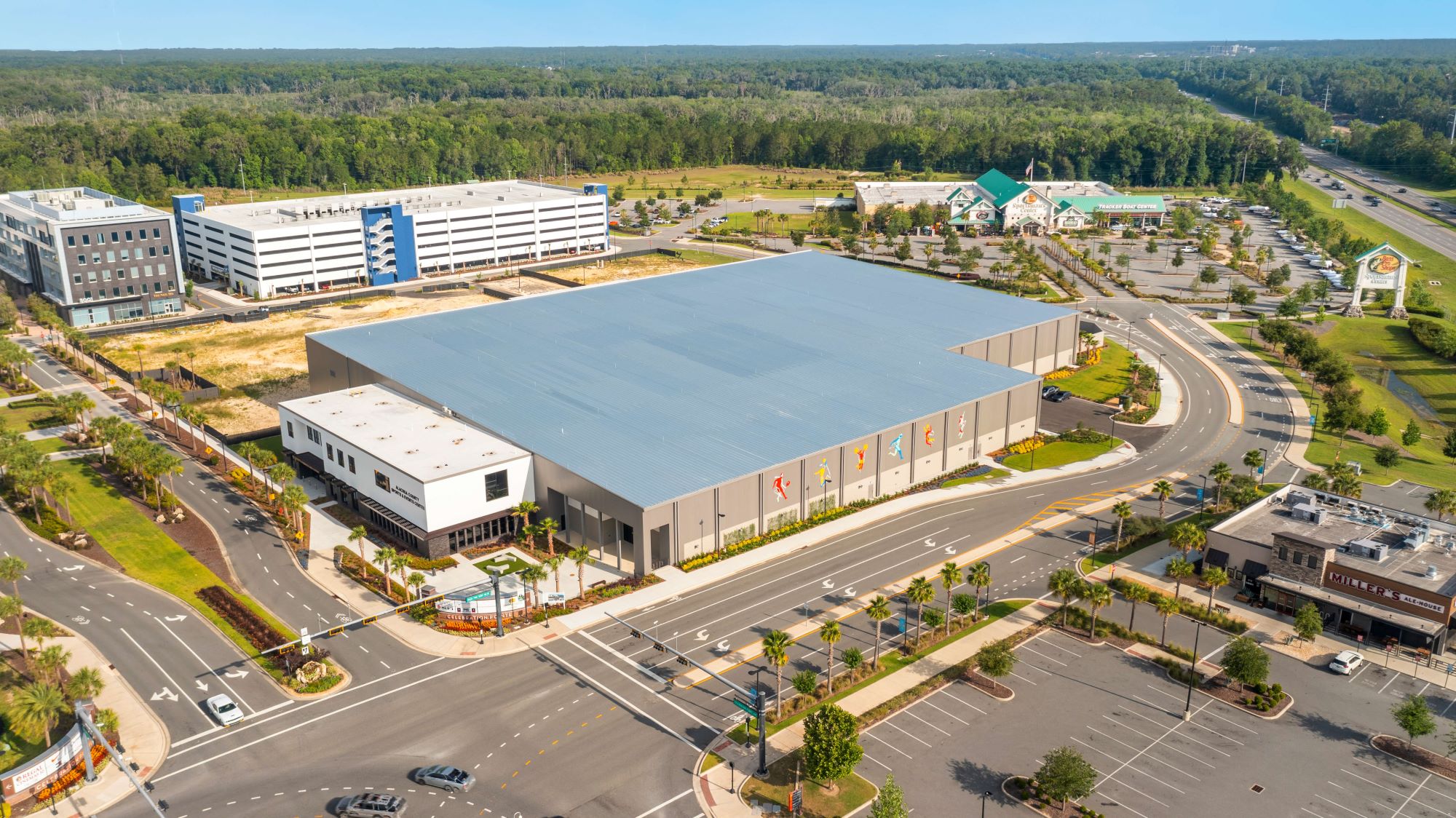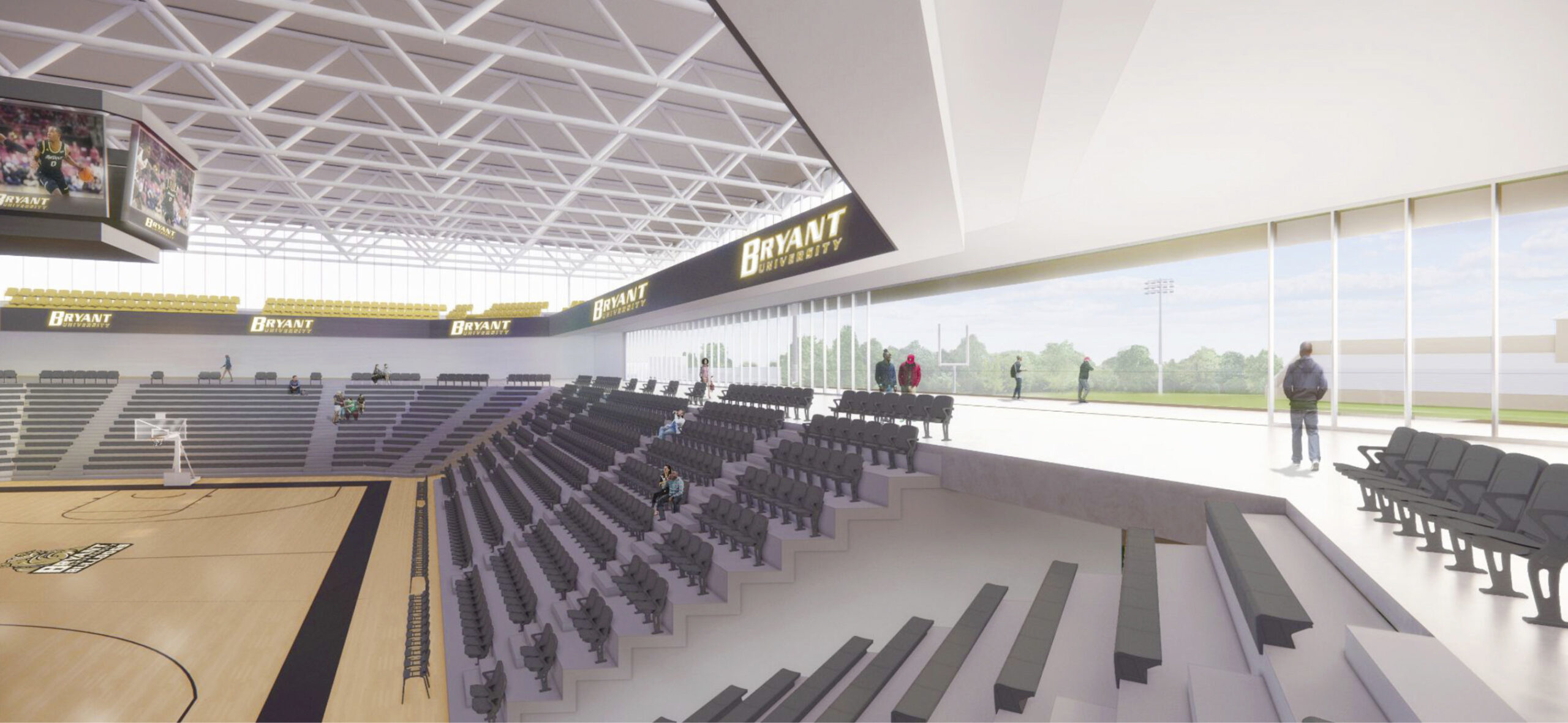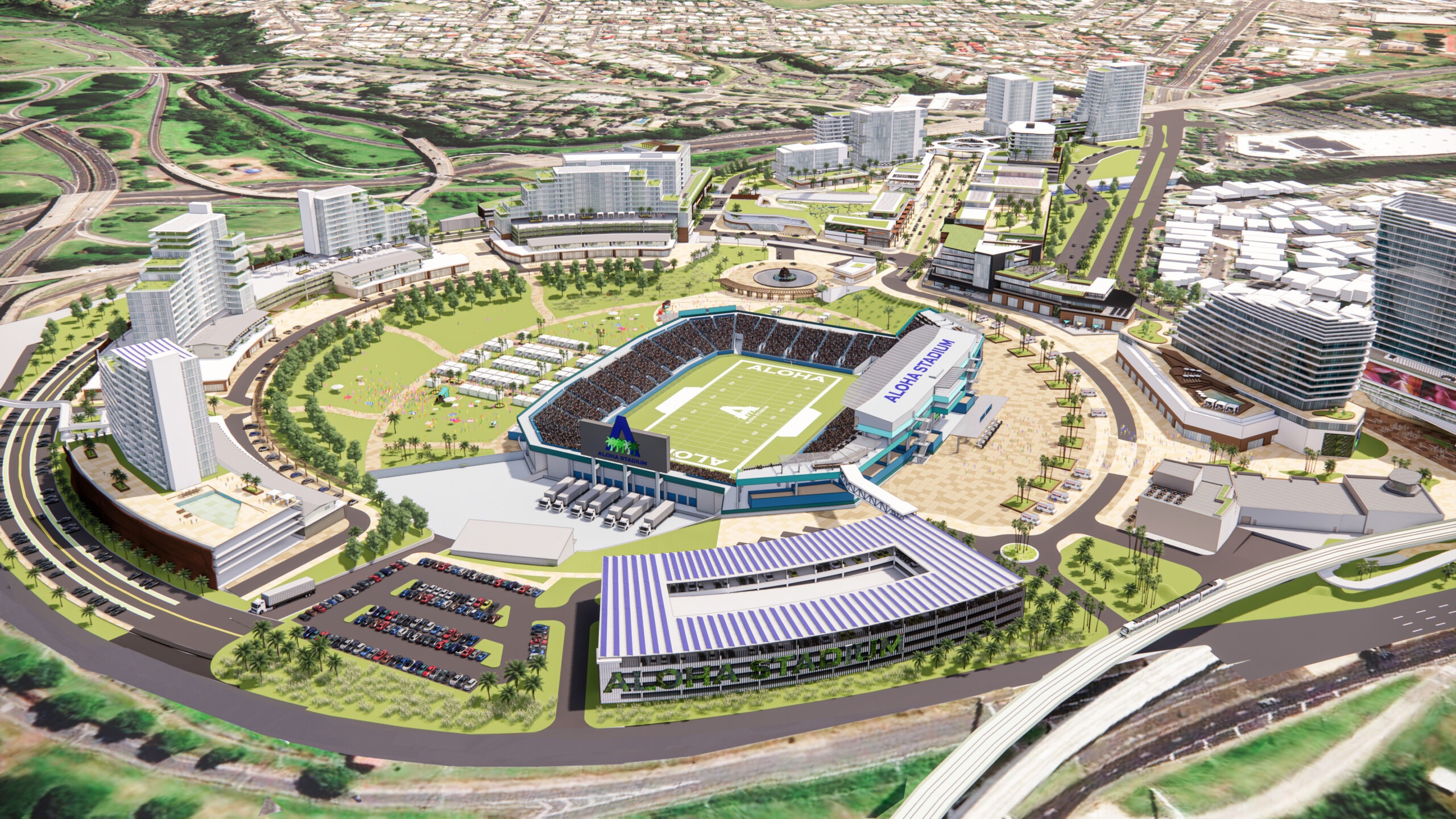An economic impact study is one of the most widely misunderstood tools in the realm of sports and entertainment venue development. Many see it as a complex enigma, yet it’s an indispensable part of the planning process, especially now.
Post-COVID construction costs have soared, and the rise of public-private partnerships has made pooling resources essential. This type of study has become not just a critical tool but often a necessity for getting projects off the ground.
Fortunately, Victus Advisors, with a portfolio of more than 75 completed economic impact studies — primarily for municipal sports, entertainment, and event venues, along with pro and college sports venues — is here to demystify the process for you.
Economic and fiscal impact studies shed light on the potential benefits and challenges of major development projects such as arenas, stadiums, performing arts centers, sports complexes, and mixed-use real estate developments.
At Victus Advisors, we’ve honed our expertise in conducting these analyses, providing valuable insights into the economic and social impacts of various ventures. Let’s dive into the key components of an economic impact study, using our extensive experience as a guide.
Understanding Gross Direct Spending
The journey begins by estimating all of the gross direct spending activity generated by both the one-time construction and ongoing operations of a facility, regardless of where that spending originated from or occurred. This includes:
- Construction Expenditures: This covers supplies and materials, labor costs, and service fees.
- Facility Operations: Revenue from ticket sales, premium seating, concessions, merchandise, sponsorships, and other event-related income.
- Ancillary Spending: Visitor spending on rent and lodging, dining, retail, entertainment, and transportation.
Given that roughly two-thirds of our studies have focused on municipal venues, we understand the unique dynamics of these projects.
From Gross to Net Direct Spending
Next, we calculate the incremental (or “net new”) economic impacts specific to the relevant economic area (typically a city, county, or state). This involves adjusting our gross figures to account for displacement, where local spending might merely shift rather than increase.
For instance, in a county-wide analysis, we assume that local residents’ spending would occur within the local economy regardless of the project. It is important that meaningful economic impact reports present net direct spending figures that represent the true incremental impacts to an economy from new visitor spending.
The Multiplier Effect in Action
A portion of the net direct spending is then re-spent within the relevant economic area (via employees, suppliers, service providers, etc.) creating a “Multiplier Effect.” At Victus Advisors, we use the IMPLAN model, an industry-leading tool for estimating these effects. The multiplier effect includes:
- Total Output: The combined direct, indirect, and induced spending, as the initial net direct spending ripples through the economy.
- Employment: Creation of full-time and part-time jobs throughout the economy.
- Labor Income: Salaries and wages generated by the net new employment.
- Tax Revenues: Local tax revenues associated with the total economic output.
Evaluating Social Impact
Understanding the social impact can be just as crucial as the economic analysis. We conduct interviews and gather feedback from local community, government, and business leaders to assess potential social ramifications. Key themes often include:
- Health & Wellness: Promoting physical and mental health through sports, recreation, and the arts.
- Regional or National Branding: The benefits of having destination facilities and popular entertainment events in your community.
- Local Business Impact & Retention: Positive financial impacts and new business opportunities.
- Community Pride: Enhanced community pride and entertainment options.
- Ancillary Development: The importance of additional developments around public assembly venue anchors for community acceptance and success.
Economic Impacts During Different Project Phases
We evaluate net new economic and fiscal impacts both during the project design-build phase and the ongoing operations of the facility. Construction impacts are presented as one-time effects of construction by estimating direct construction spending and its net new economic impacts within the local area. Whereas, we estimate the net direct spending generated by the operations and events at the new facility on an annual basis and account for those cumulative impacts over a long-term period up to 30 years.
The Role of Ancillary Development & Commercial District
Ancillary development around a major facility, such as multifamily residential, hotel, retail, restaurant, and entertainment spaces, can also play a key role in driving significant economic and fiscal impacts for the local community. By developing on-site or adjacent commercial districts, the project owner can ensure that the direct spending from new visitors is actually captured on-site, rather than leaking to other developments or jurisdictions.
Victus Advisors: A Track Record of Success
Our team at Victus Advisors has had the privilege of working with a diverse array of clients, providing market demand studies and economic impact analyses for various projects. For instance, in St. Petersburg, Fla., we evaluated the economic ramifications of a new Tampa Bay Rays Ballpark and Historic Gas Plant District redevelopment, the largest development project in Tampa Bay history. This project is set to include 8 million sq. ft. of mixed-use development and more than $6 billion in total investment, focusing on equitable, intentional, and restorative community benefits.
And in downtown Kansas City, Mo., we recently assessed the potential economic and fiscal impacts of the South Loop Project, a plan to reunite the Central Business and Crossroads Arts districts by constructing an urban park deck over a span of the I-670 freeway. This project aims to accelerate downtown mixed-use development and enhance the city’s convention and tourism industries.
In addition to these major projects, we have also delivered critical analyses for educational institutions and smaller communities. Our study for the Carrier Dome in Syracuse, N.Y., highlighted the sports and event facility’s economic contributions to the local area.
In Honolulu, Hawaii, we explored the potential impacts of the New Aloha Stadium & Entertainment District, emphasizing its role in the community. And in locations such as Fort Wayne, Ind., and Virginia Beach, Va., we showcased our ability to deliver comprehensive, data-driven insights tailored to the unique needs of each client.
Conclusion
At Victus Advisors, we pride ourselves on our extensive track record of providing market feasibility studies and economic impact analyses for new and renovated facilities. Our expertise helps project owners, developers, stakeholders, and beneficiaries maximize revenue and navigate the complexities of major development projects.
Understanding the economic, fiscal, and social impacts is crucial for making informed decisions that benefit the entire community. We are committed to delivering comprehensive, data-driven insights to support our clients’ strategic goals.





